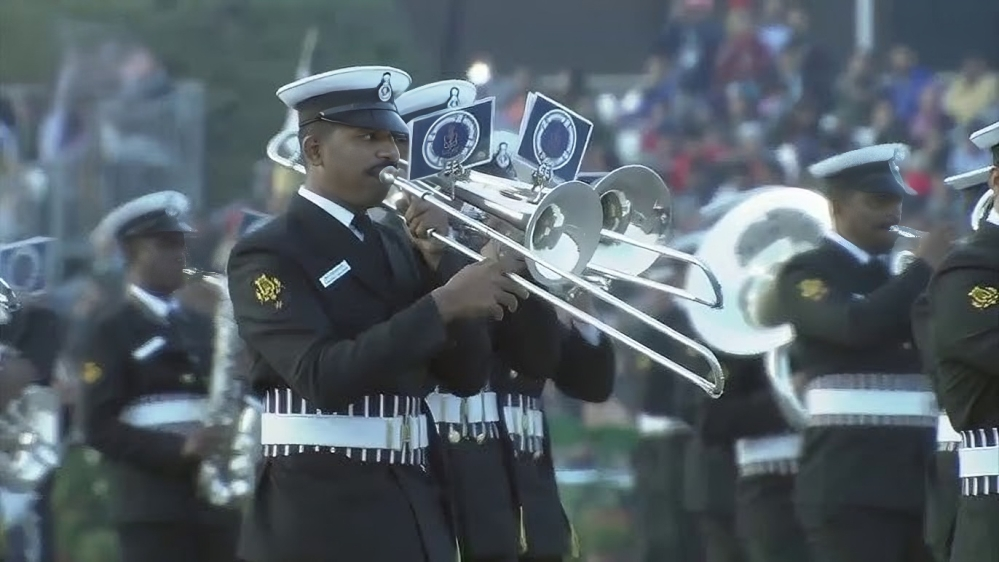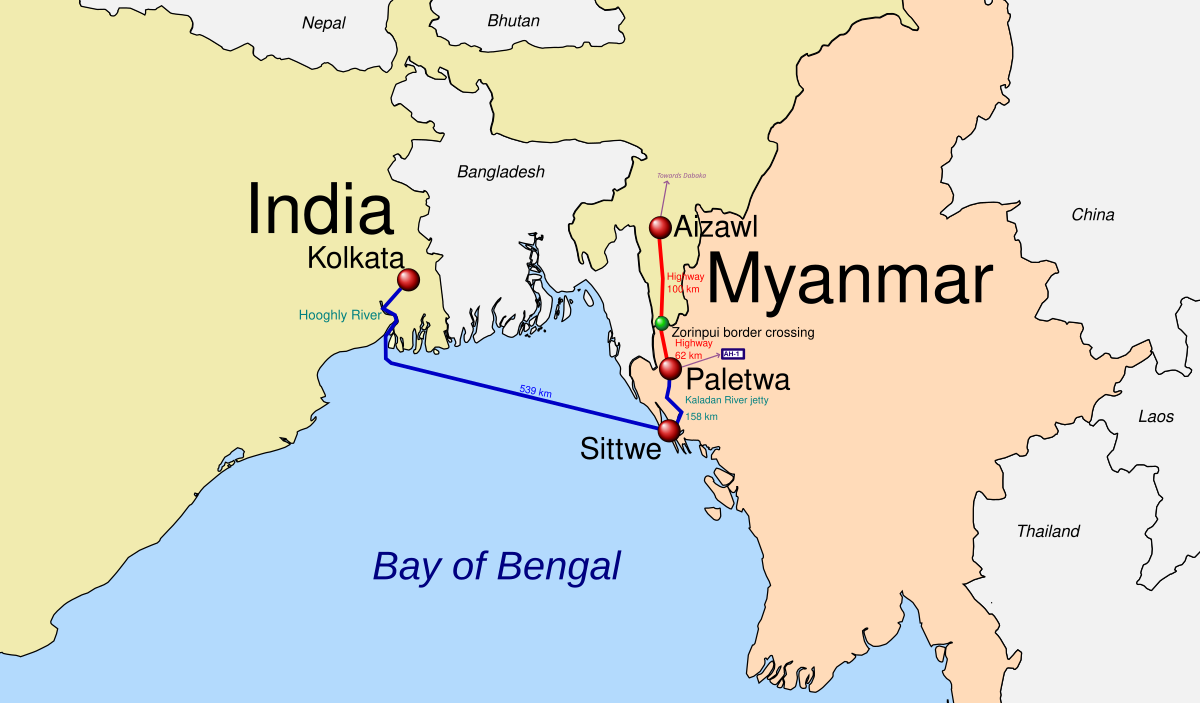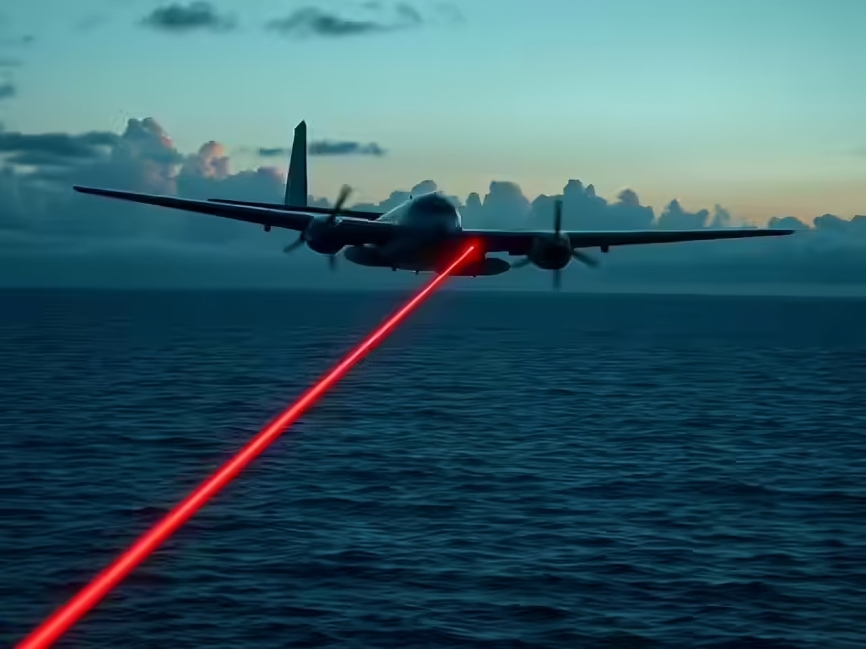Indian Navy Agniveer MR Musician Recruitment 2025
The Indian Navy, known for its unwavering commitment to excellence, has once again opened the doors for talented individuals to…
Maoist Sniper With ₹8 Lakh Bounty Killed in Bijapur Encounter
In a major blow to Maoist insurgents in Chhattisgarh, a top sniper and deputy commander of the Maoists' elite Battalion…
Kaladan Project to Be Operational by 2027, Will Transform Northeast Connectivity: Sonowal
Union Shipping Minister Sarbananda Sonowal has announced that the Kaladan Multi-Modal Transit Transport Project (KMMTTP) is expected to be fully…
Pakistan’s Hypocrisy Exposed: Soldier Once Disowned After Kargil Now Honoured by Asim Munir
In a dramatic turn of narrative, Pakistan has posthumously honoured Captain Karnal Sher Khan—one of its soldiers killed during the…
Germany Accuses China of Laser Attack on Recon Aircraft During EU Mission
Diplomatic tensions escalated between Germany and China after Berlin formally accused the Chinese military of targeting a German reconnaissance aircraft…
Soldier Sanjay Singh Martyred While on Duty in Leh-Ladakh
Sanjay Singh Saini, a soldier from village Kwartan in Haryana’s Kaithal district, was martyred while serving in the challenging terrain…






